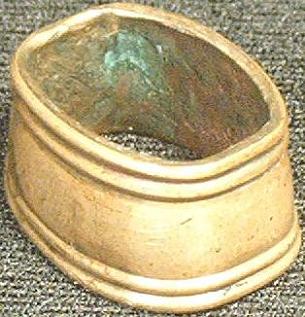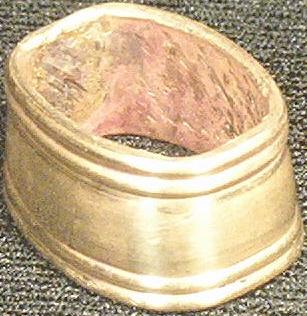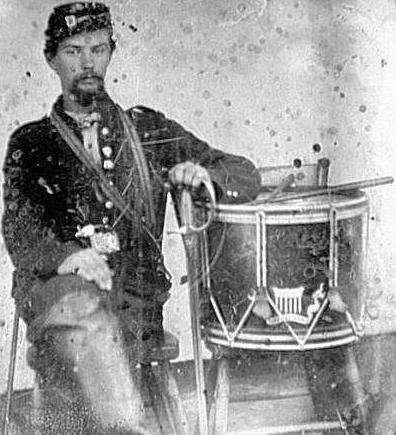The Flintlock Kentucky Rifle makes an excellent demonstration example because it has much green oxidation (patina) that resulted most probably from dogs (Doberman Pincers) urinating on the firearm several years ago. The handle collar of the Musician's sword makes an excellent example because the hard to reach inside of the collar has green oxidation.
Cleaning Methods
Two methods of cleaning brass are demonstrated in the sections below. These are as follows:
1. Vinegar And Salt
2. Blue And Rust Remover
The Vinegar And Salt cleaning method consists of applying vinegar and salt granuals to the metal and gently wiping the granuals with a vinegar saturated cotton sqab for several minutes. After the green oxidation is removed, any black substance that may remain is removed and the brass protected by applying a non-abrasive automotive finish cleaner/wax (e.g. Mothers Carnuba Cleaner/Wax) as directed. Vinegar And Salt
The photos below show the Flintlock Kentucky Rifle before cleaning. Note the green oxidation on the brass and nickel silver inlays.


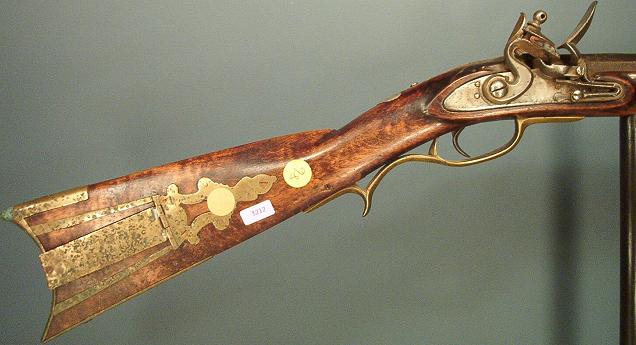
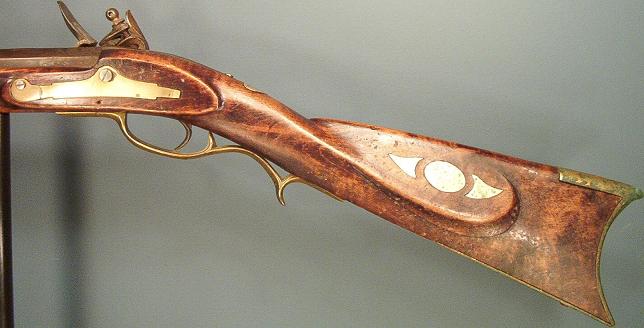
The photos below show the Flintlock Kentucky Rifle after cleaning.


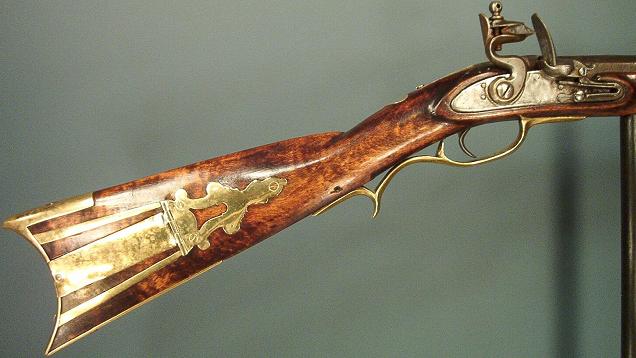
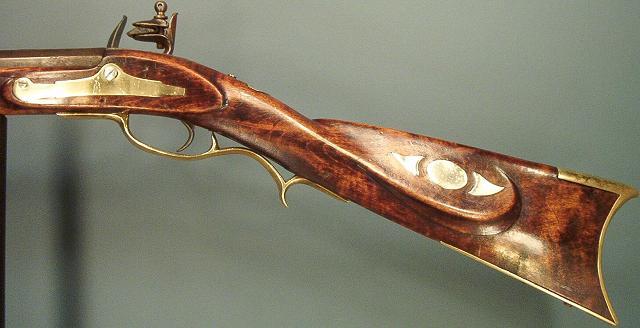
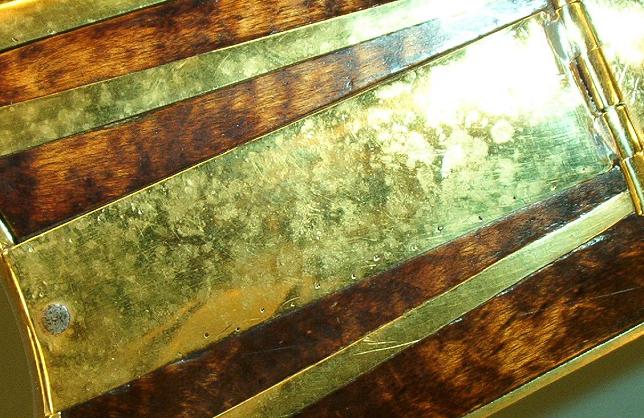
The Blue And Rust Remover cleaning method consists of applying Blue And Rust Remover as directed with a soft cloth or cotton swab. Note that this method takes less time than the above cleaning method. Blue And Rust Remover
The photos below show the identifying portions of the 1840 Musician's Sword before cleaning the brass:
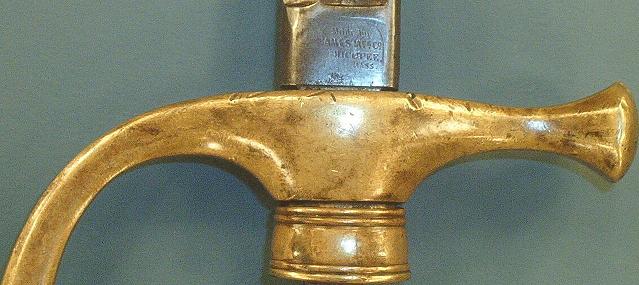
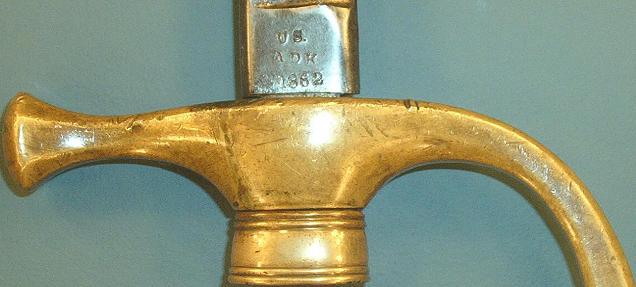
The photos below show the Musician's Sword Handle Collar before and after cleaning:
Before After The photos below show the identifying portions of the 1840 Musician's Sword after cleaning the brass:
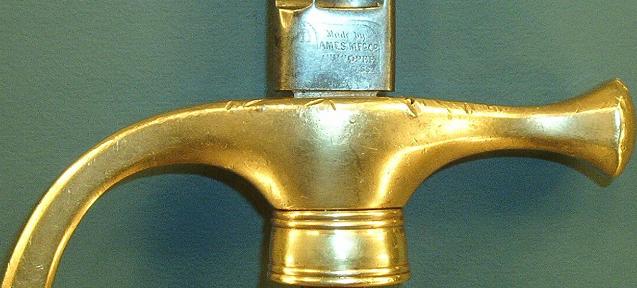
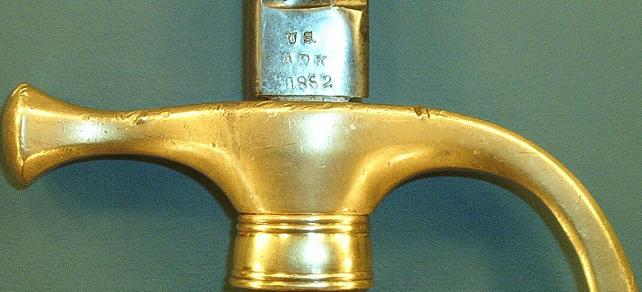
As can be seen in the photos above, this sword was manufactured by Ames Manufacturing Co. of Chicopee, MA in 1862. It is marked "ADK" on the sword blade, which are the initials of the inspector A. D. King. Ames made 17,550 of these.
The photograph below is of a Civil War Drummer holding a Model 1840 Musician's Sword:
